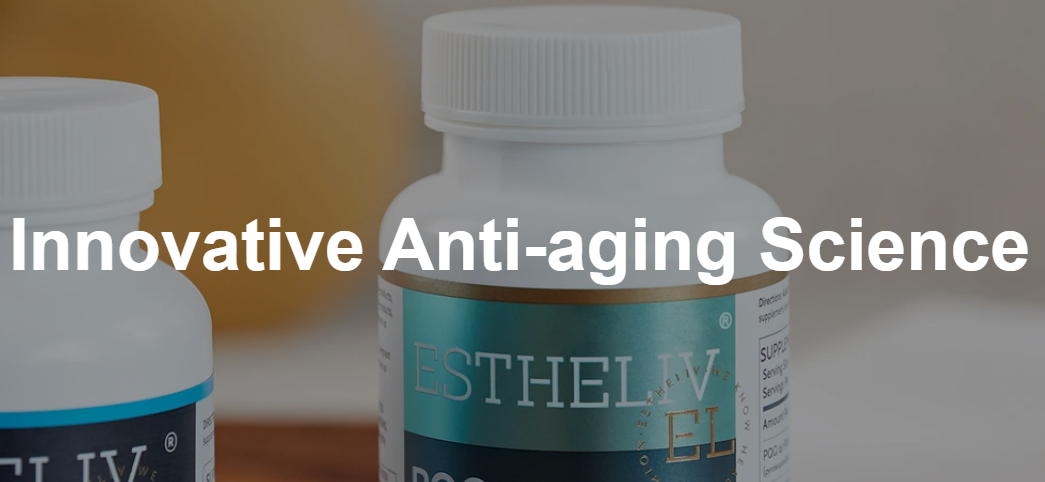The adenine mononucleotide (AMN) is the main precursor of the nicotinamide adenine dinucleotide (NAD+). NAD+ is a redox cofactor and plays a critical role in metabolism. This molecule is necessary for DNA repair and in a variety of cell functions, including photosynthesis and bioluminescence. It is also a nutritional sensor molecule. In addition, compounds that raise NAD+ levels have shown great potential as calorie restriction mimetics.
As previously reported, adenine mononucleotides are highly adsorbed on gold nanoparticles. The adenine moiety interacts with the surface via an amine group, and a pyrimidine ring. These interactions are strengthened when the adenine is thiolated. Thiolated adenine forms a different layer on the gold surface, and it exhibits a stronger interaction with sulphur. However, the interaction of the adenine base with the metal surface does not appear to be affected by the presence of alkanethiol.
To determine the effects of the alkanethiol on the adenine base-metal interaction, the adenine mononucleotide was spectrally characterized by SERS. Adenine mononucleotides were measured with the Millipore Milli-Q system located in Burlington, MA. After obtaining data, the spectrum was compared to that of the adenine adsorbed on gold nanoparticles. While the spectra of the two molecules showed a similar pattern, the adenine mononucleotide had no chemisorbed alkanethiol bands, whereas the adenine adsorbed on the gold nanoparticles had two chemisorbed bands. Interestingly, both the adenine adsorption on the gold nanoparticles and the adenine mononucleotide spectrums had slightly shifted positions, which were attributed to the adenine ring breathing.
Another interesting observation was that thiolated adenine mononucleotides had an overlapping spectrum with the adenine adsorbed on a gold nanoparticle. The difference in the spectral patterns may be due to the presence of a hexanethiol moiety. If the hexanethiol is involved in the interaction, it would cause the molecule to rotate around the metal surface. Moreover, the molecule must be in contact with the hexanethiol in order to have an effective interaction.
However, this study reveals that the adenine adsorption did not occur when the adenine was thiolated. During the chemisorption of the alkanethiol, the adenine molecule was oriented in a more vertical manner towards the gold surface, and this orientation was observed with both thiolated adenine and thiolated guanine. Similarly, the adenine-thymine DNA strands had a different structure on the gold surface when thiolated.
In addition, both thiolated mononucleotides and thiolated guanine had weaker interactions with the metal surface than adenine. The SERS spectrum of the thiolated adenine mononucleotide shows a large overlapping spectrum. At the same time, the adenine adsorption spectrum shows a smaller overlapping spectrum, and the adenine adsorption spectra for the thiolated guanine and thiolated adenine mononucleotides show a significant decrease in relative intensity of the strongest bands.
When the adenine adsorption is examined with the Millipore Milli-Q spectrometer, it is observed that the adenine adsorption occurs on the gold nanoparticles in a way that is different from the adenine adsorption with the alkanethiol. The adenine adsorption is likely to form a dense monolayer on the surface of the gold nanoparticles, as shown in Figure 4. Although the adenine adsorption and thiolated adenine adsorption are different from the adenine adsorption, they still have similar SERS spectral patterns.
